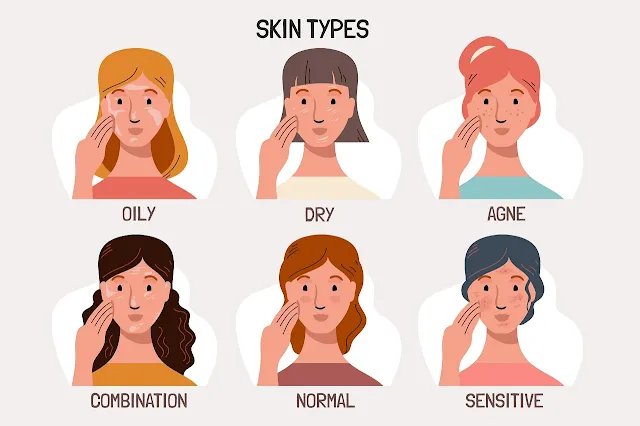As our society becomes more diverse, it is crucial that we evolve our understanding of skin types and embrace the real diversity that exists in skin tones. Skin typing is not just a matter of aesthetics or skincare; it has implications in the medical field, technology, and cultural conversations. In this article, we will explore the limitations of the Fitzpatrick Skin Types (FST), the influence of skin typing beyond the doctor's office, the conflation of color and race, and the need to update our perception of skin tone.
The Limitations of the Fitzpatrick Skin Types
The Fitzpatrick Skin Type (FST) scale, created by Thomas Fitzpatrick in 1972, has been widely used in the medical community to assess skin tones and determine their reaction to sunlight and phototherapy. The scale originally included four categories for lighter skin tones (Types I to IV) and later expanded to include two categories for darker skin tones (Types V and VI). However, the FST has several limitations that need to be addressed.
First, the FST relies on a subjective, self-reported survey, which can lead to misinterpretations and inconsistencies in responses. Questions related to sunburn, tanning frequency, and other factors may be misunderstood, especially across different cultures and races. Research has shown that the reliability of responses to these questions varies among individuals, highlighting the need for more accurate and inclusive measures.
Second, the FST fails to account for the nuanced skin reactions to phototherapy experienced by individuals with darker skin tones. Darker skin tones may exhibit more pronounced irritation, tenderness, and itching when exposed to certain treatments. The current scale does not adequately address these reactions, leading to potential disparities in healthcare and treatment outcomes.
To overcome these limitations, it is crucial to revise the questions and criteria used in skin typing to encompass the full spectrum of reactions that manifest in different degrees across various skin types.
Influence Beyond the Doctor's Office
The impact of skin typing extends beyond the medical field. In fact, the FST has been widely adopted as a standard for discussing skin tones, both within and outside clinical settings. Tech companies, such as Google, have used FST skin tones as a data set for developing algorithms in products and services like search engines and photo applications. However, the limited number of skin types in the FST poses challenges for AI and machine learning, and it disregards the diversity among people of color.
Recognizing the need for a more comprehensive scale, Google has adopted the Monk Skin Tone Scale, which offers a broader range of skin tones and better reflects the true diversity of skin tones. This shift highlights the importance of acknowledging and embracing the complexity of skin tones in technology and beyond.
Confusing Color and Race
One of the significant issues that arise when using the FST as a standard for skin typing is the conflation of color and race. Originally intended to measure skin's reaction to sunlight, the FST has become a tool for determining skin tone, often leading to assumptions about a person's ethnicity or race. A survey conducted among dermatologists revealed that a significant portion of them used the FST to describe a patient's race or ethnicity.
As our society becomes more diverse, it is crucial to separate skin tone from race and ethnicity. According to Pew Research, by 2050, half of the US population will be of non-European descent. Additionally, the US Census Bureau reports an increasing number of individuals identifying as belonging to multiple races. These demographic shifts highlight the need to update our understanding of skin tone and move away from using it as a proxy for race.
Updating How We See Skin Tone
With the blurring of lines between skin tones, it is essential to expand our thinking beyond the FST as the sole measure of skin types. We must recognize the original intention of the FST and leverage our knowledge of skin health to develop more inclusive ways of discussing skin tones. This work is already underway in clinical settings, where research on skin of color and tailored treatments is advancing. However, these learnings need to be translated and applied to skincare product development, therapies, and medical education.
Both clinically and culturally, it is an opportune time to reevaluate the FST and approach skin typing with a fresh perspective. By embracing the complexity and diversity of skin tones, we can foster a more inclusive and accurate understanding of skin health.
In conclusion, understanding and embracing the real diversity of skin tones is crucial in today's multicultural society. The limitations of the Fitzpatrick Skin Types call for a more inclusive and accurate approach to skin typing, one that addresses the nuances of different skin reactions and considers the full spectrum of skin tones. Beyond the medical field, the influence of skin typing extends to technology and cultural conversations, which necessitates an update in our perception of skin tone. By separating color from race and acknowledging the complexity of skin tones, we can move towards a more inclusive and accurate understanding of skin health.

